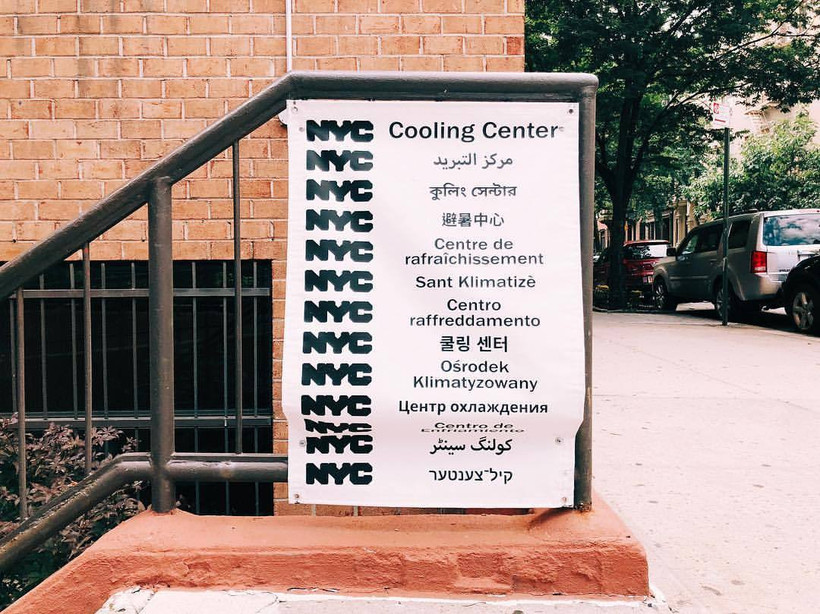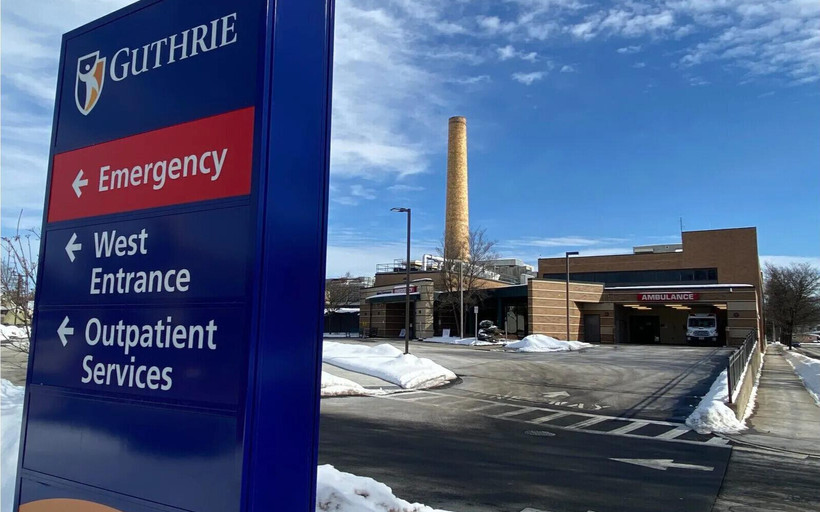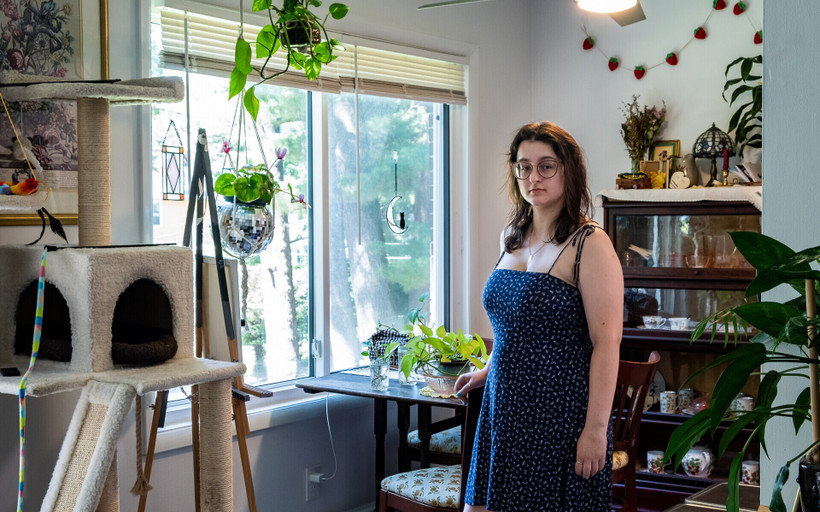Weeks Before Heat Wave, New York’s Program to Help Poor People Stay Cool Ran Out of Money
Heat kills hundreds of New Yorkers every summer - but health experts say a “cold weather bias” keeps policymakers from prioritizing the issue.

Before Kathy Hochul paused it, the tolling program lost the little labor support it had when the Transport Workers Union withdrew its backing this spring.
More counties are turning to private corporations to run medical care in jails. The companies have deadly track records.
Rebecca Lamorte was let go by her employer in June, prompting the Assembly Speaker to place an upset call to her boss.
Medicare Advantage plans are spreading across upstate New York, despite a reputation for denying care. In Cortland County, retirees kept it at bay.
In rural school districts where doctors are hard to find, in-school telehealth services seemed like a good solution. Then New York state stopped funding them.
Hochul’s proposed Medicaid cuts include $125 million from Health Homes, a program that connects the neediest New Yorkers with medical care, food assistance, and more.
As the state has backpedaled on congestion pricing, it has made no progress on nearly half of its other transit-related climate goals.
The state is blowing past key milestones on the way to its big emissions targets.
The constant gridlock is a major drag on Manhattan’s businesses, and source of frustration for commuters. And it’s never been so bad.
For tenants in the first upstate city to adopt rent stabilization, benefiting from the law’s basic protections is an uphill battle.
Advocates charge that New York’s restrictions for sex offense registrants are “vague, expansive, and unnecessary.” On Tuesday, they filed a federal lawsuit to strike them down.
A quarter of lawmakers in Albany are landlords. Almost none of them are covered by the most significant tenant protection law in years.



